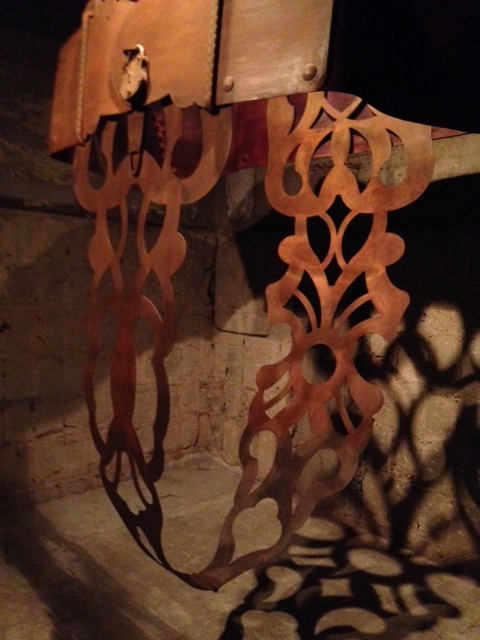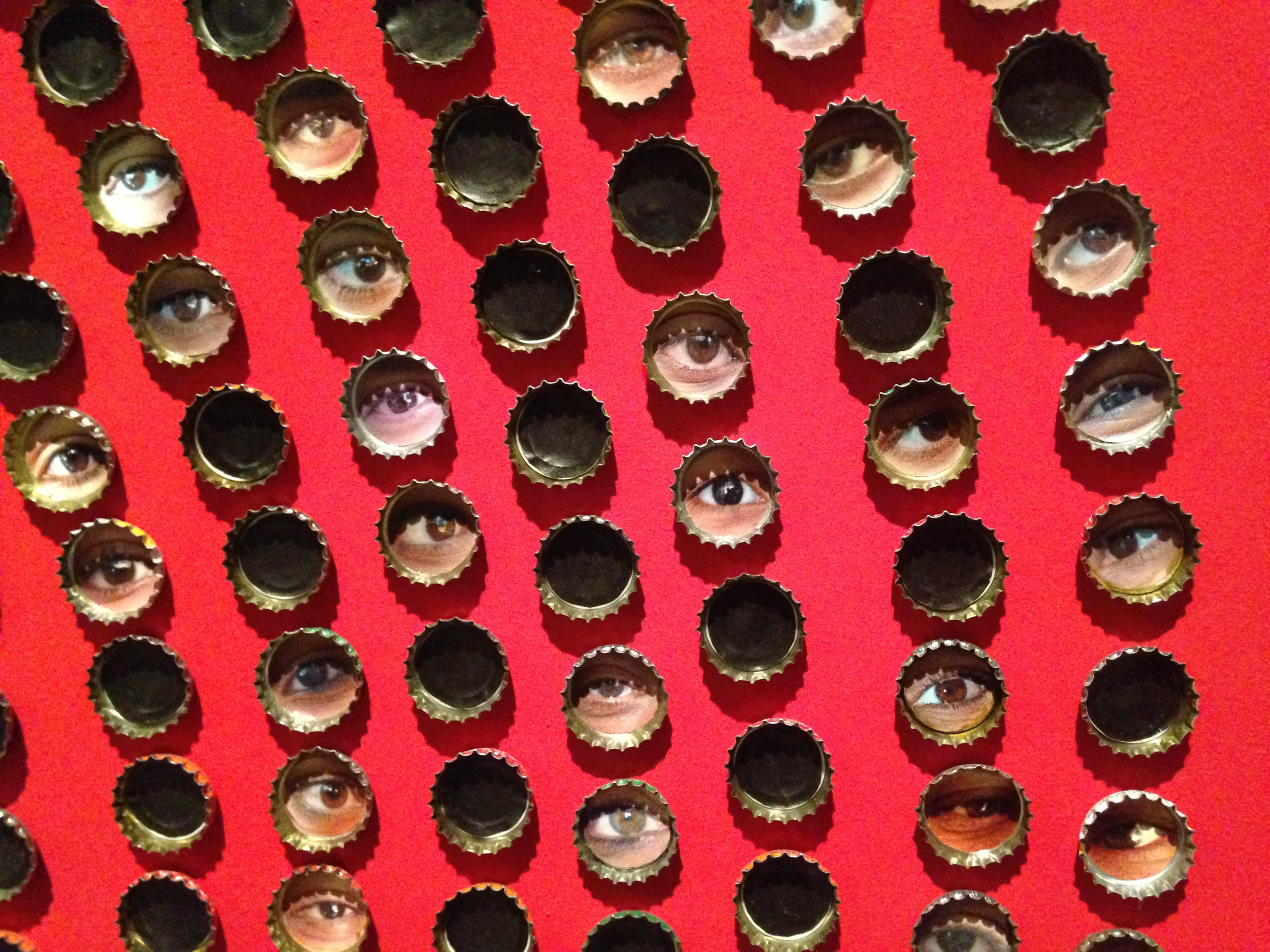This is form my review in The Nation of the book The Gulf: High Art/Hard Labour (edited by NYU professor Andrew Ross) which chronicles the boycott of the Guggenheim Abu Dhabi museum by the artist-activist collective Gulf Labour, in solidarity with the constructions workers building the museum. Below is some of the artwork included in the book.
By asking, loudly and repeatedly, “Who’s Building the Guggenheim Abu Dhabi?,” Gulf Labor punctured a convenient silence. Its other accomplishments are less clear. The Guggenheim pledged to respect workers’ rights and to house its laborers in a purpose-built model facility on Saadiyat. A field visit by Gulf Labor members in 2014 found that the camp was outfitted with Ping-Pong tables and a pristine cricket pitch, but it was also isolated and sinisterly regimented (the workers also complained that the food was terrible). Thanks to Gulf Labor and other groups, there is much greater, if superficial, international awareness of the plight of migrant workers in the Gulf, with newspapers regularly reporting, for example, on the number of Nepalese workers dying in Qatar on future World Cup construction sites. But as the artist-activist collective itself notes, despite meetings and assurances, the Guggenheim and the Emirati development company building Saadiyat “have yet to deliver any tangible results on behalf of workers,” who “continue to pay recruitment fees, to be forced into different jobs at lower pay than they signed up for, and to be controlled through the kafala system,” in which they are beholden to all-powerful local “sponsors.”
In the spring, Raad, Ross, and the Indian artist Ashok Sukumaran, another member of Gulf Labor, were banned from entering the UAE. Western cultural institutions with branches in Abu Dhabi expressed no indignation over these bans, seeming to justify Ross’s claim that “far from promoting liberalization of speech, the presence of the museums and the university appeared to be generating exactly the opposite effect.”
The construction of the Guggenheim itself has been delayed, but not derailed. Given the creaky state of Western economies and public spending on the arts, Qatar and the UAE are clearly set to become significant patrons of international culture. It’s a good investment for them, one that will burnish their image and create strategic links with the West. And the new prizes, museums, and other cultural institutions recently established in the Gulf provide an important support to Arab writers and artists, especially as traditional cultural capitals like Baghdad, Damascus, and Cairo totter or collapse. For many young academics, artists, and other white-collar professionals from the West, taking a job in the Gulf is also an opportunity that, in a spotty academic job market, can be hard to pass up. Defenders of -Saadiyat and similar ventures will say that art has always been patronized by elites, that it faces and weathers censorship everywhere, and that there’s a whiff of Orientalism behind the endless denunciation of oil sheikhs buying “our” culture.













